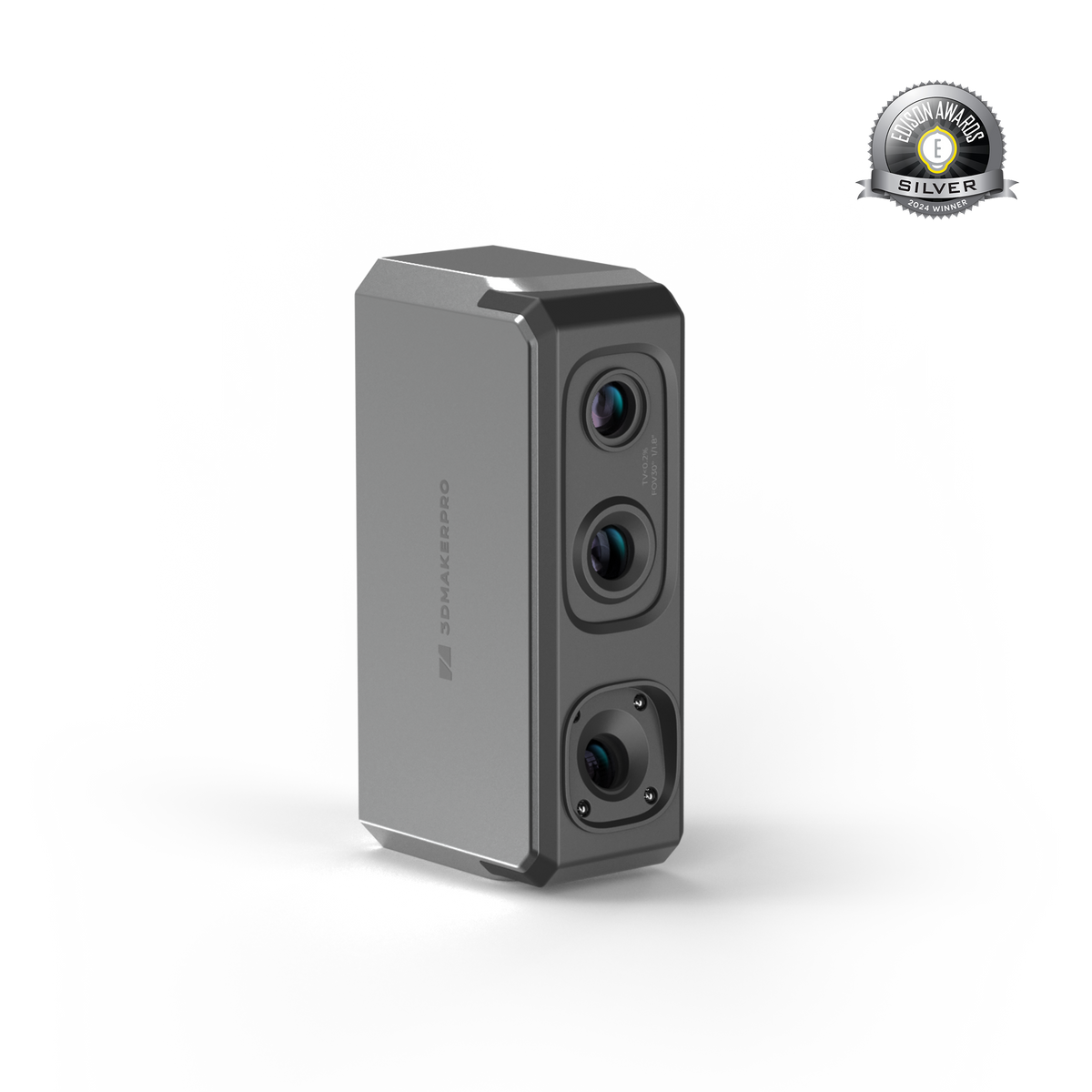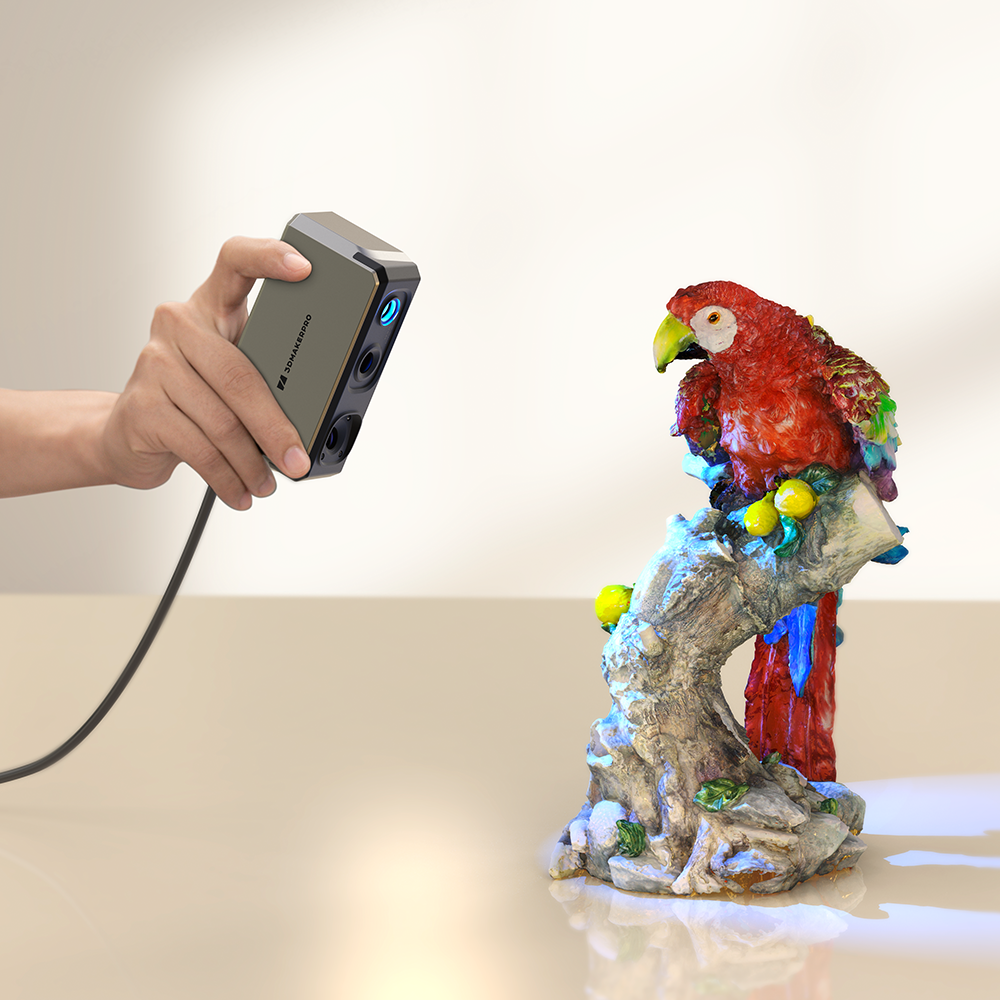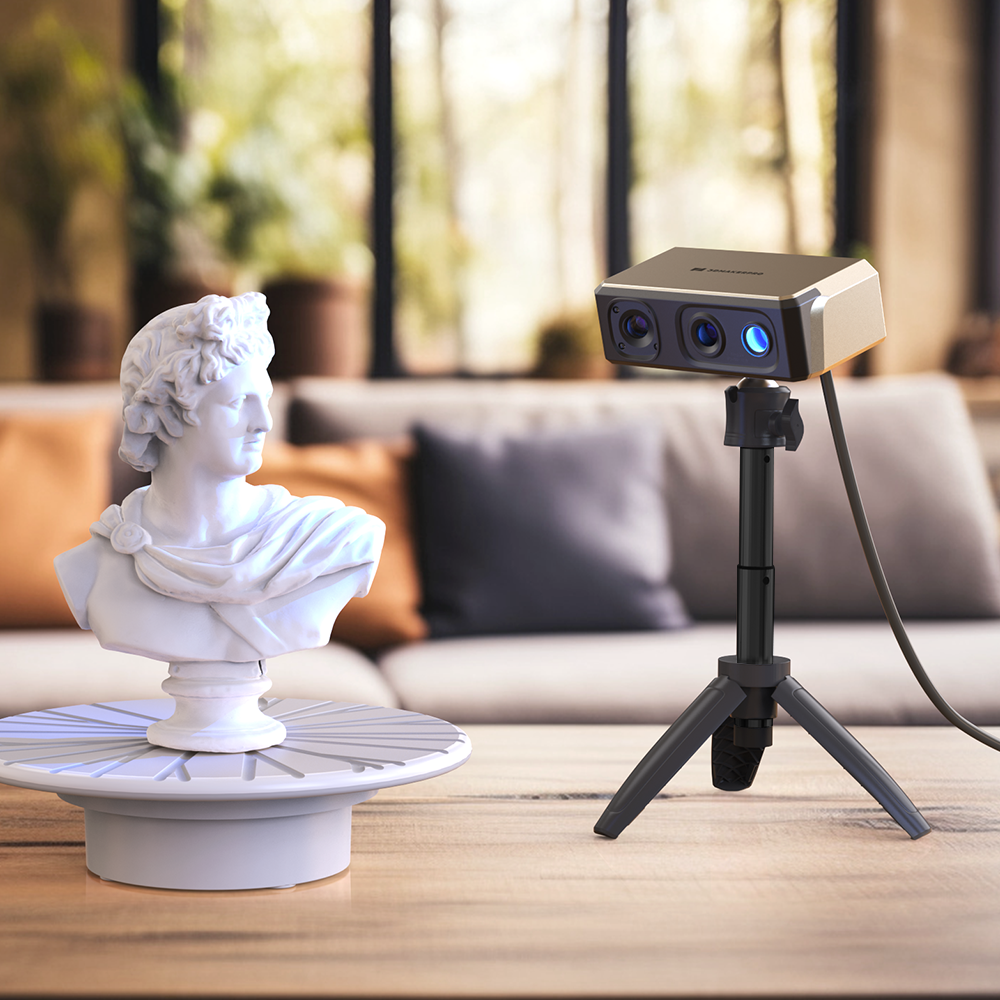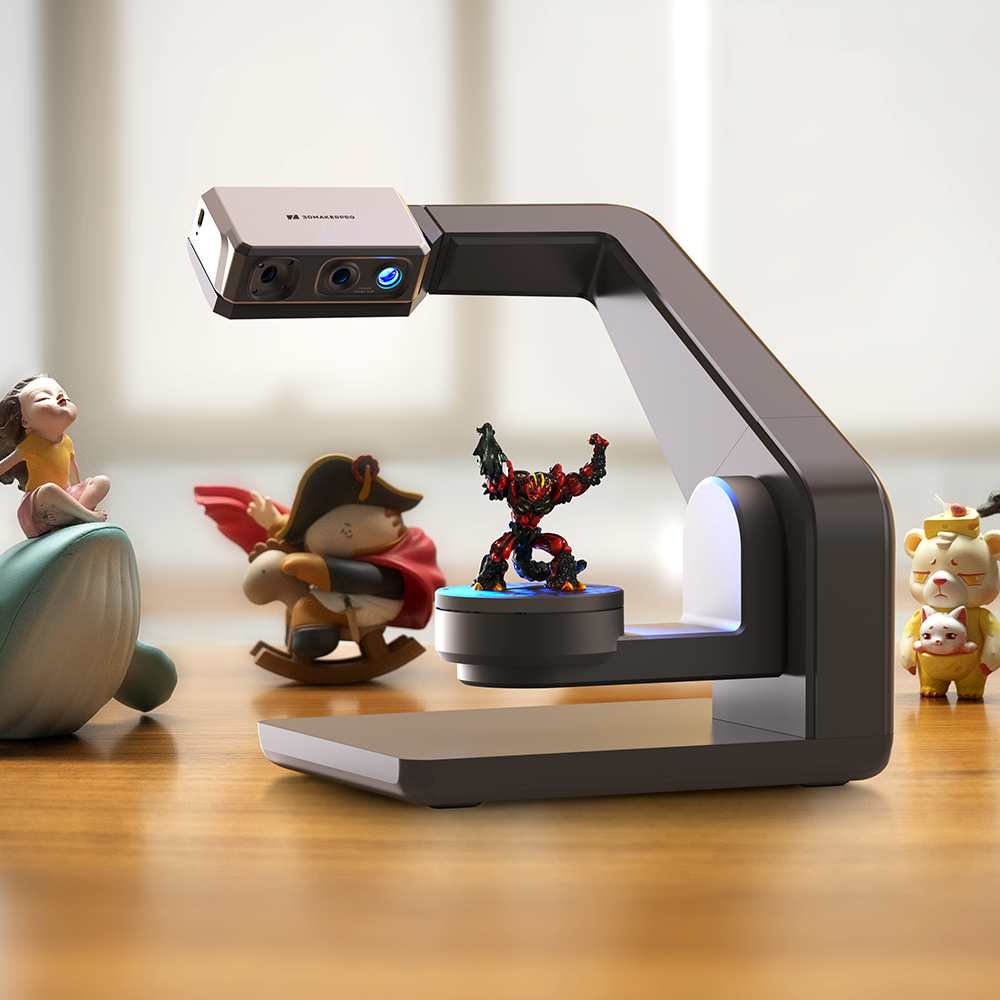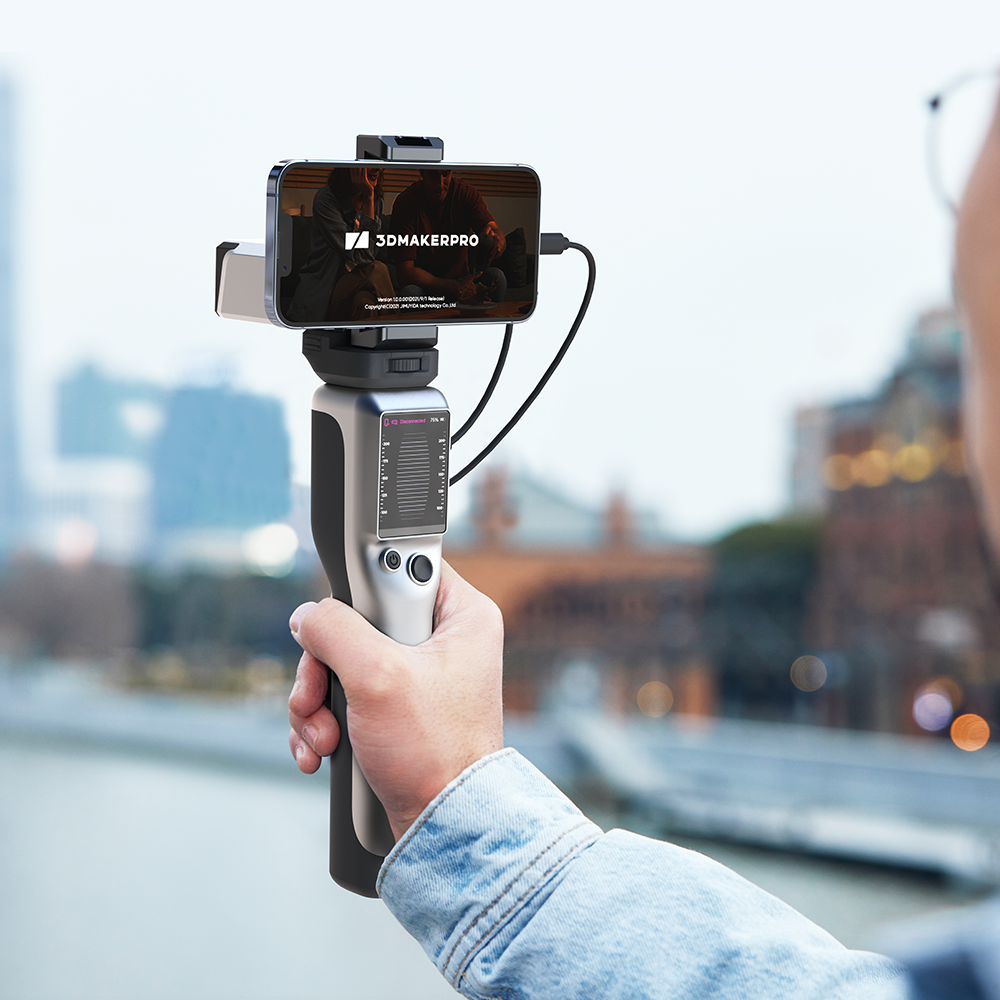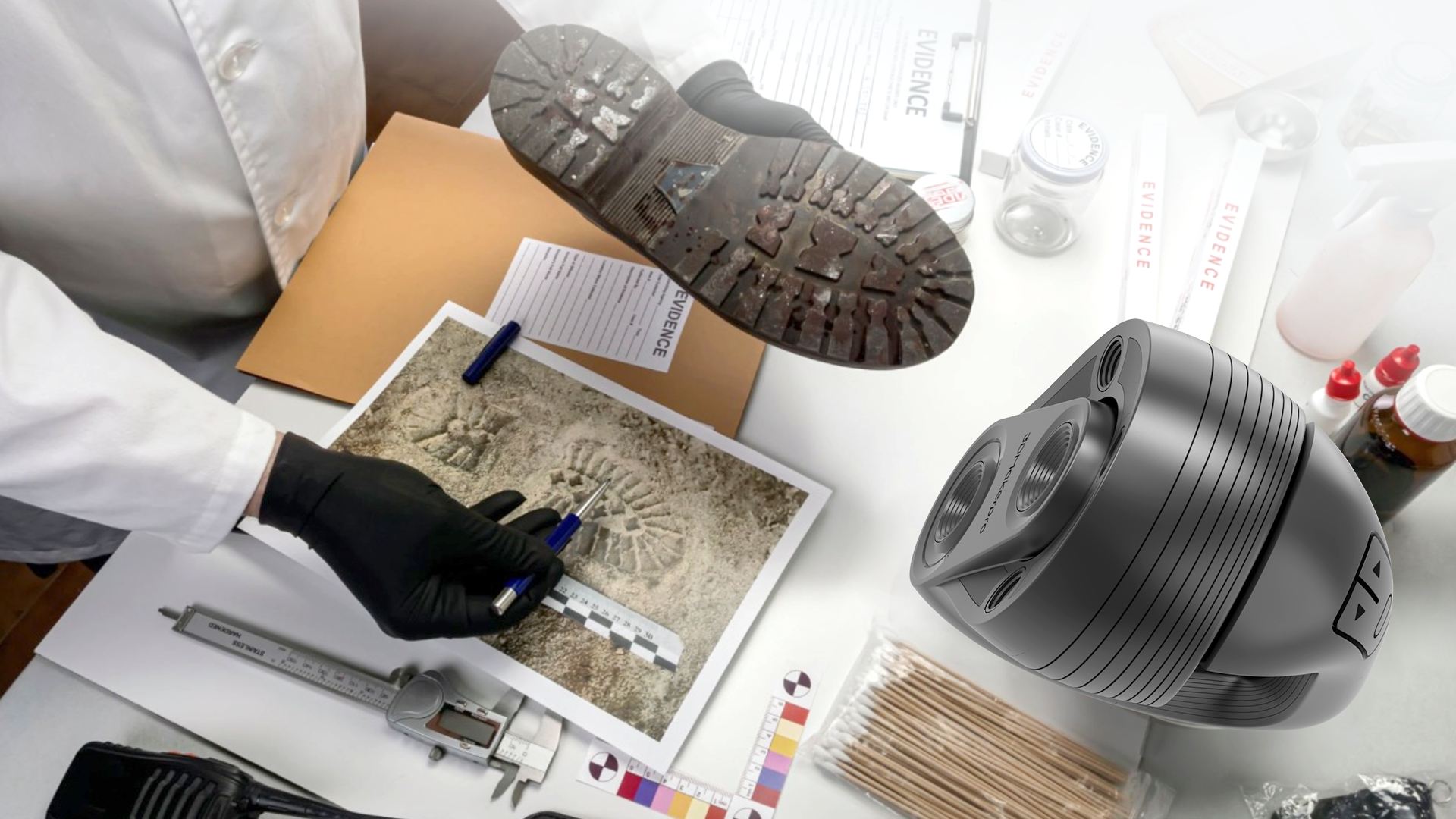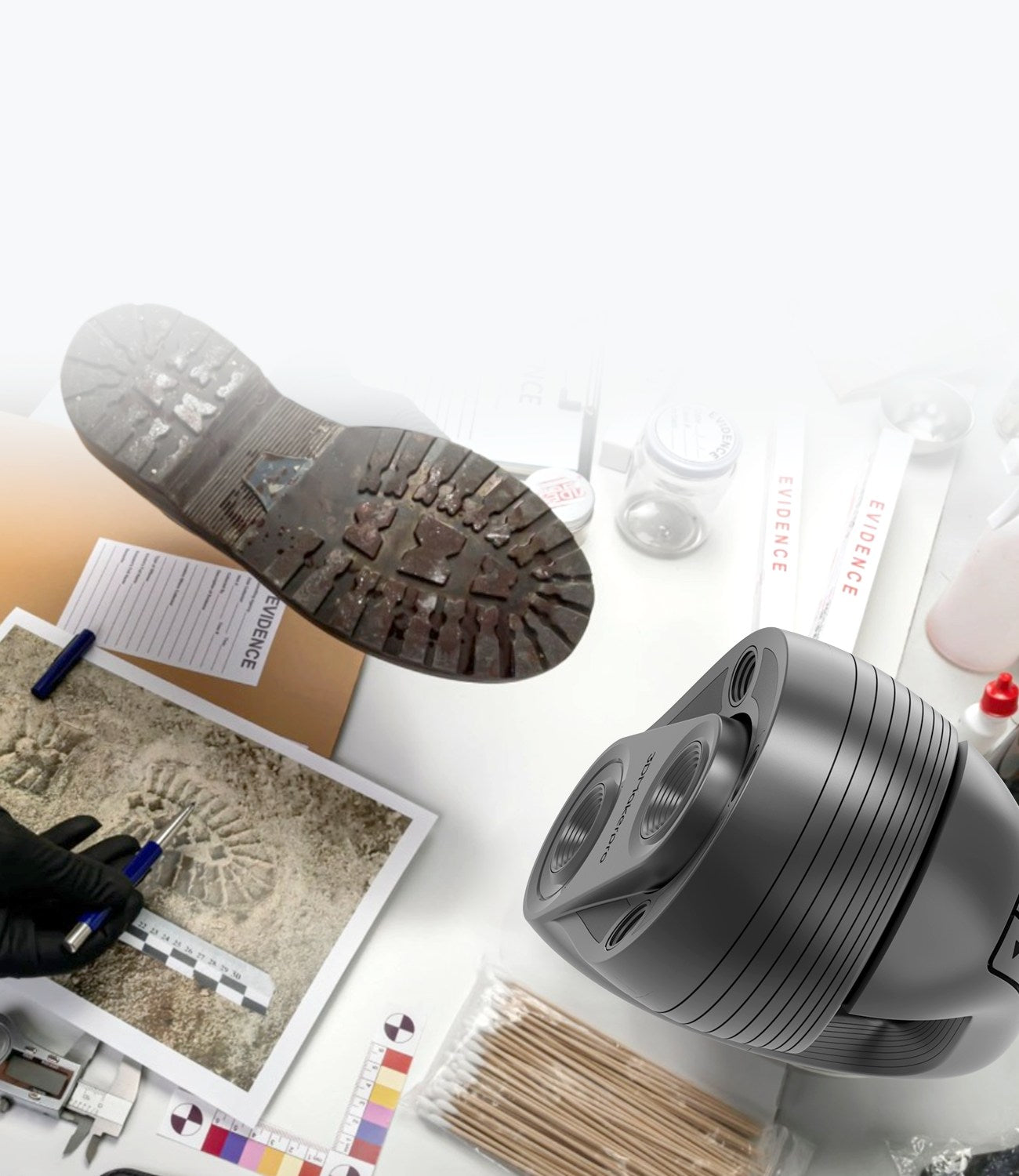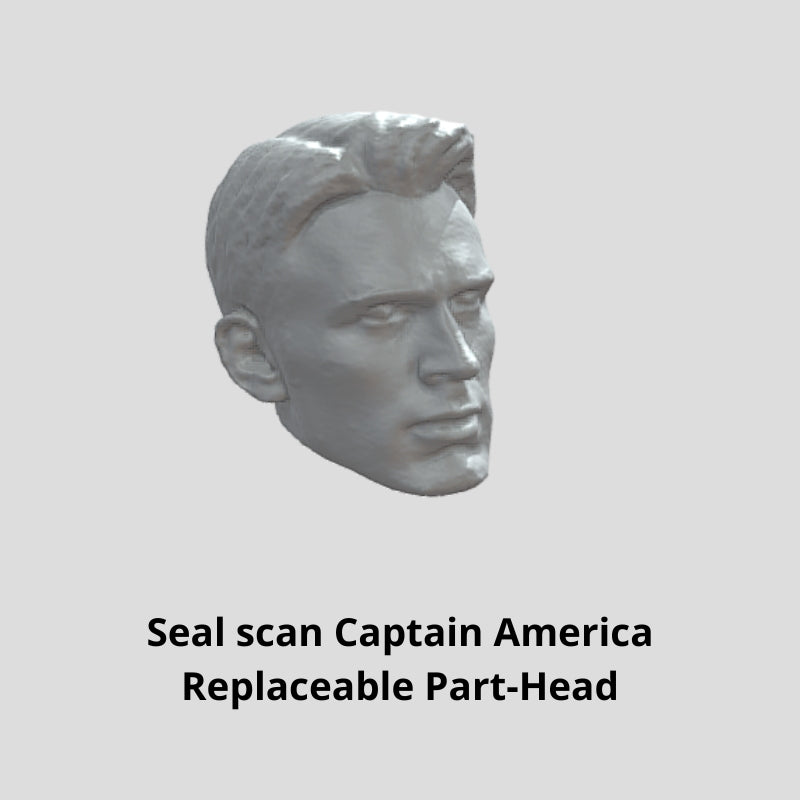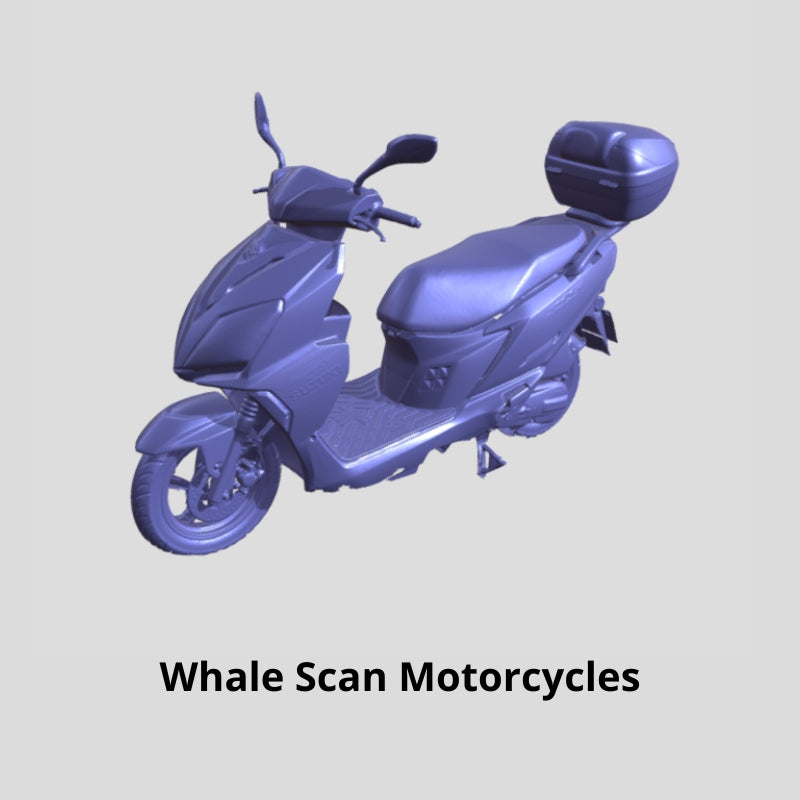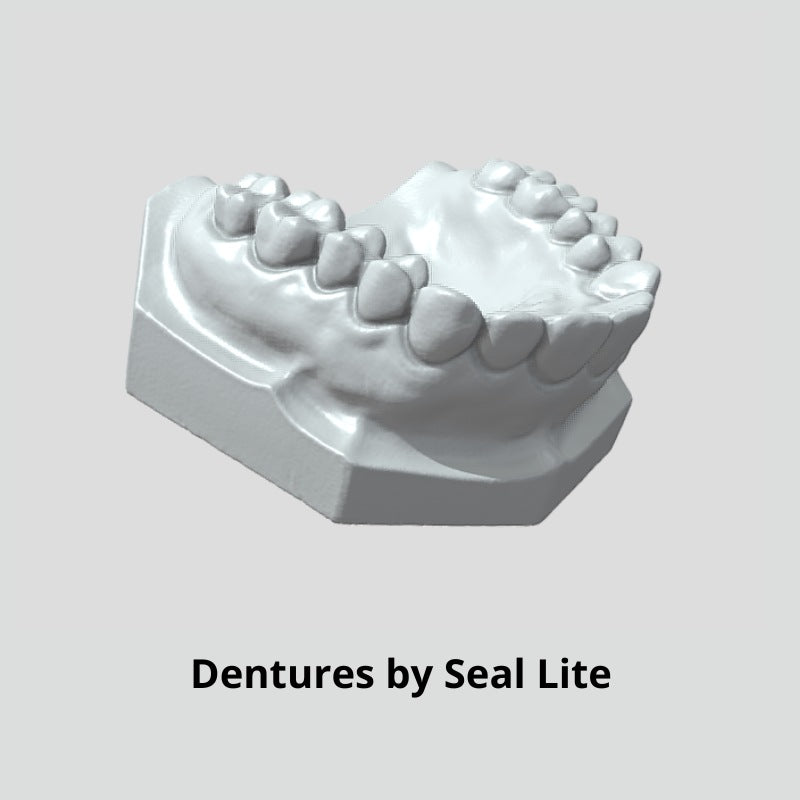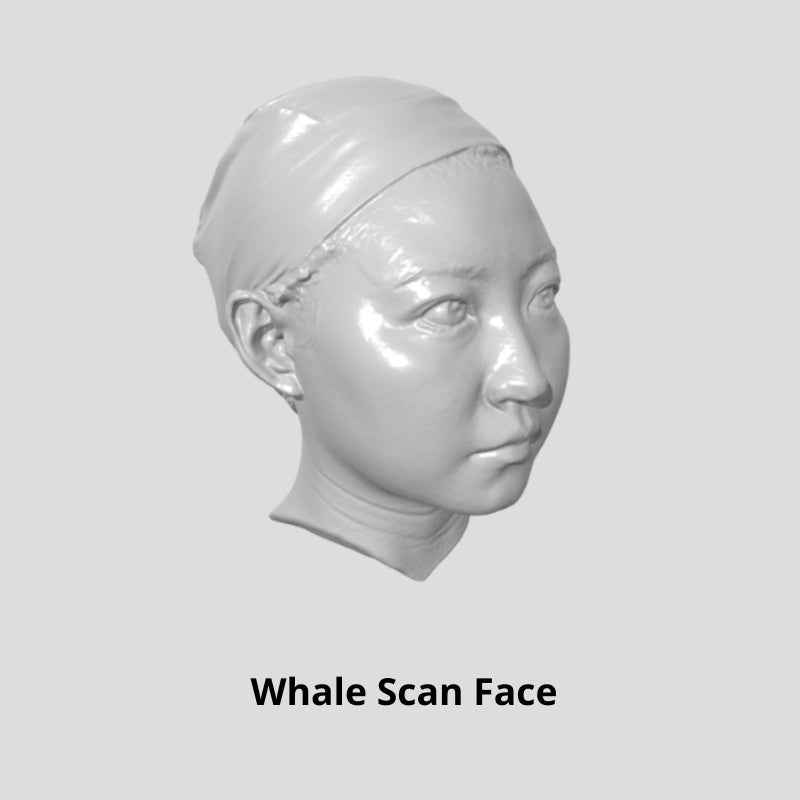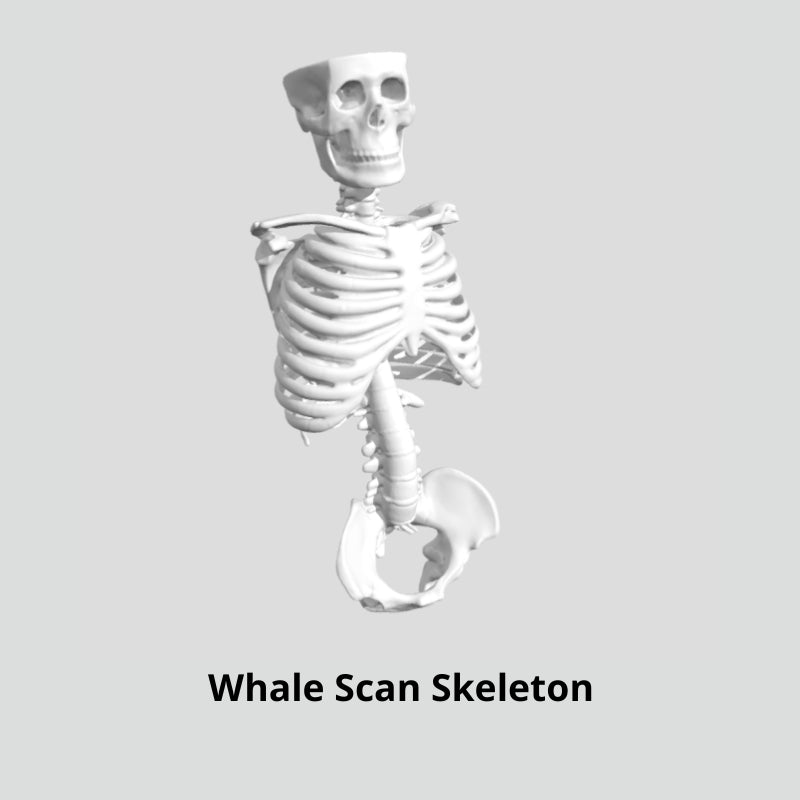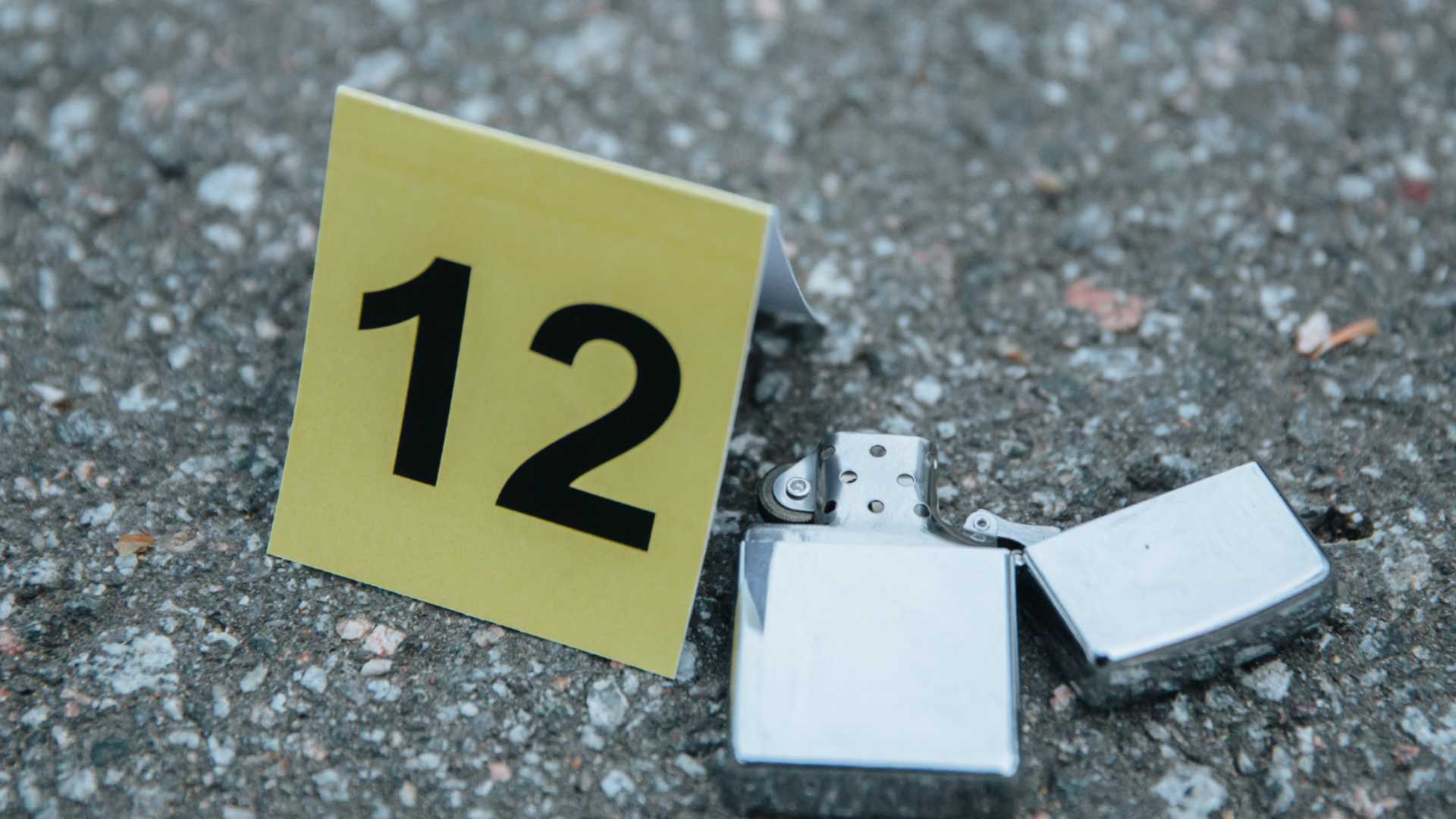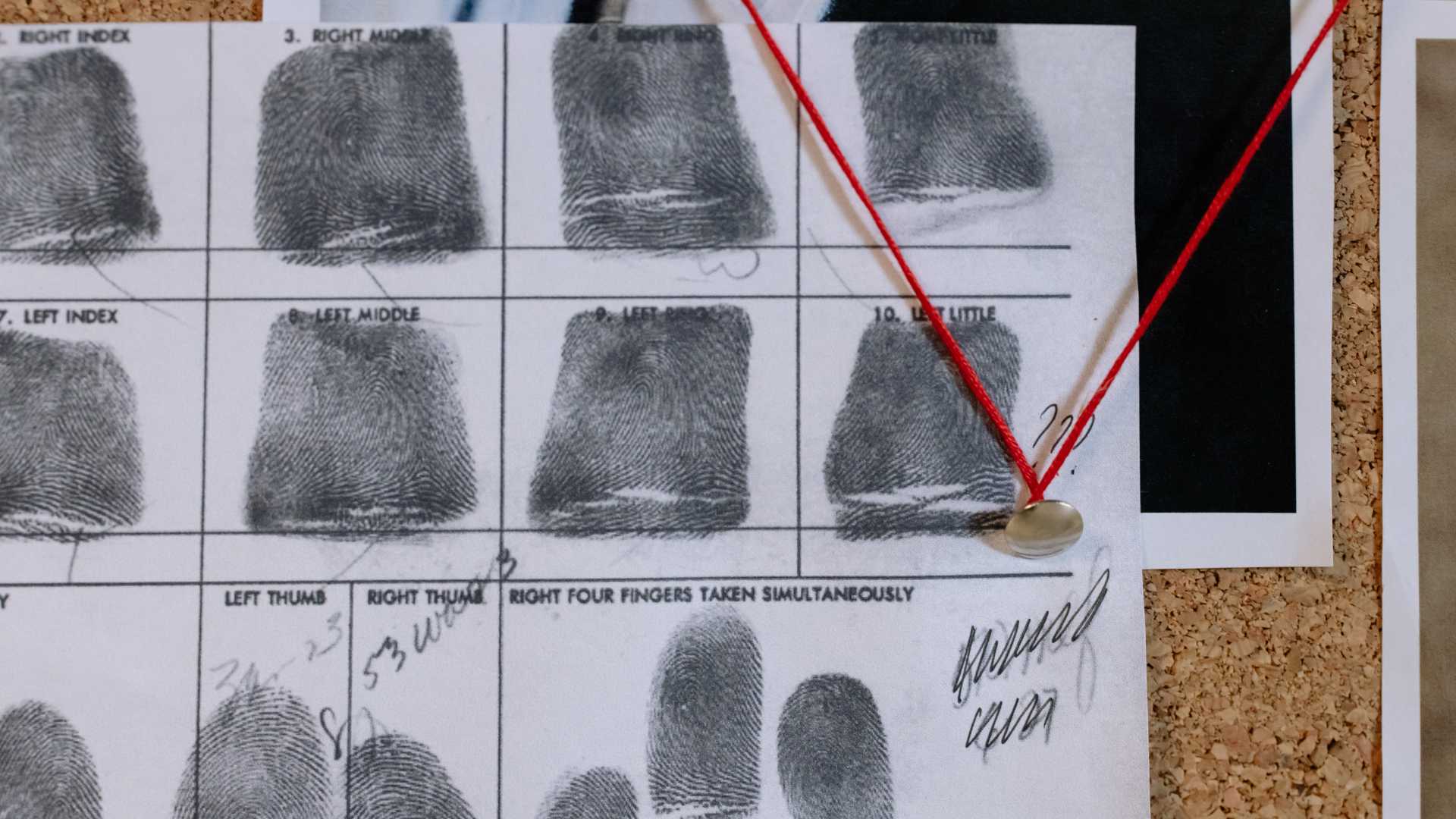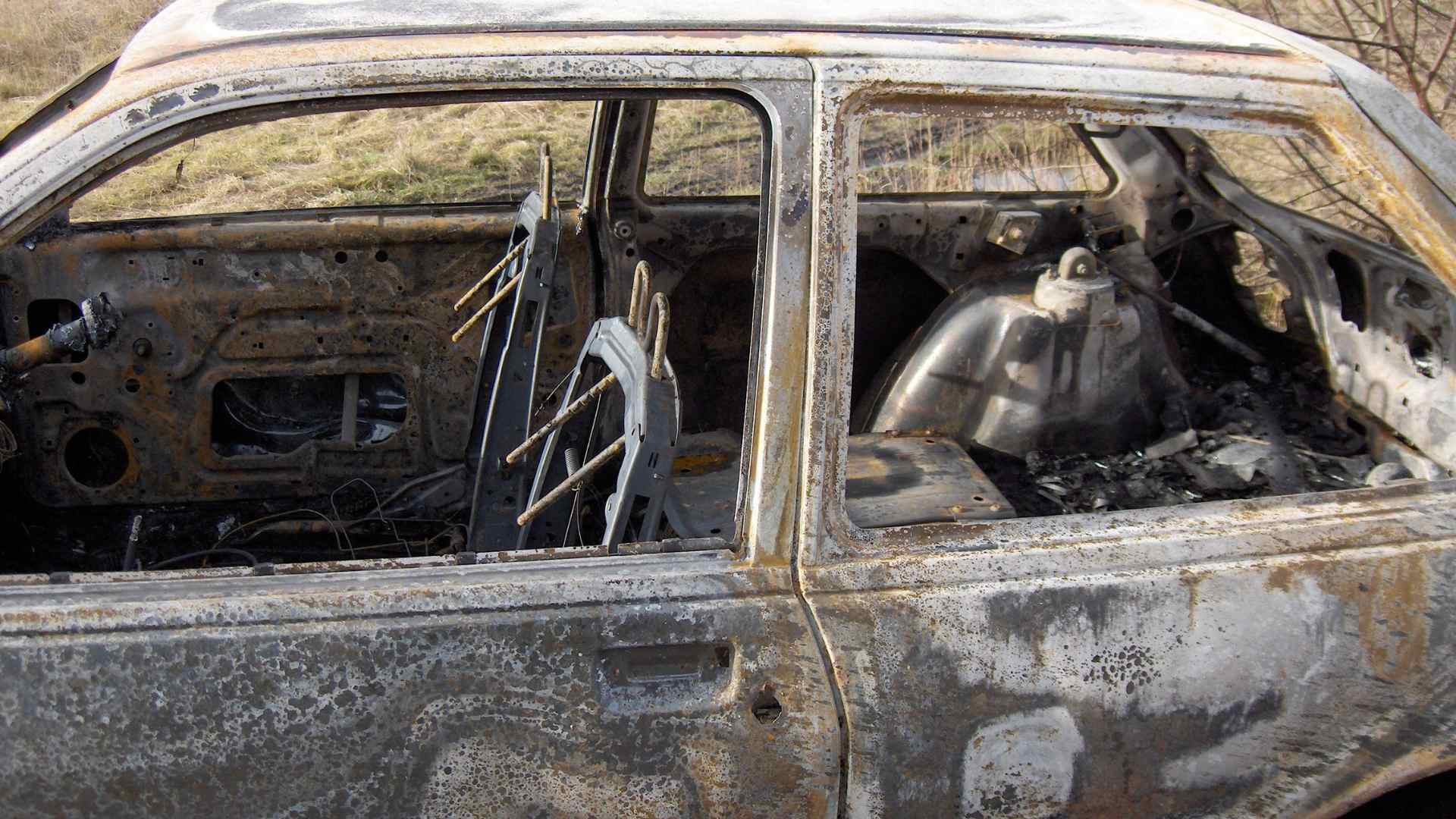3D-modellen
Reconstructie van de plaats delict
Een van de belangrijkste forensische toepassingen van 3D-scanning is de reconstructie van een plaats delict. Door de volledige plaats delict in drie dimensies vast te leggen, kunnen onderzoekers de ruimtelijke relaties tussen objecten visualiseren, wat cruciaal is om te begrijpen hoe een misdrijf plaatsvond. Deze digitale kaart kan worden geïntegreerd in virtual reality-simulaties, waarbij juryleden en onderzoekers worden ondergedompeld in de omgeving ten tijde van het misdrijf. Dergelijke meeslepende ervaringen verbeteren het begrip van complexe scènes aanzienlijk, waardoor deelnemers aan rechtszaken de details gemakkelijker kunnen begrijpen. Whale scanner, uitgerust met dubbele kernenkan zelfs zwarte objecten efficiënt scannen, wat forensische professionals helpt bij het nauwkeurig vastleggen van bewijsmateriaal.

Bewijsdocumentatie
Naast reconstructie spelen 3D-scanners een cruciale rol bij de documentatie van bewijsmateriaal. Ze bieden een permanent digitaal overzicht van de plaats delict, waarbij details bewaard blijven die anders na verloop van tijd verloren zouden gaan. Deze nauwgezette documentatie is met name belangrijk voor kwetsbaar bewijsmateriaal, zoals biologische monsters of vingerafdrukken, die kunnen verslechteren of veranderen. De precisie van 3D-scans, zoals die van de Seal scanner met Nauwkeurigheid van 0,01 mm, stelt forensische experts in staat bewijsmateriaal nauwkeurig te analyseren en te meten, wat leidt tot beter gefundeerde conclusies over de betekenis en relevantie ervan.
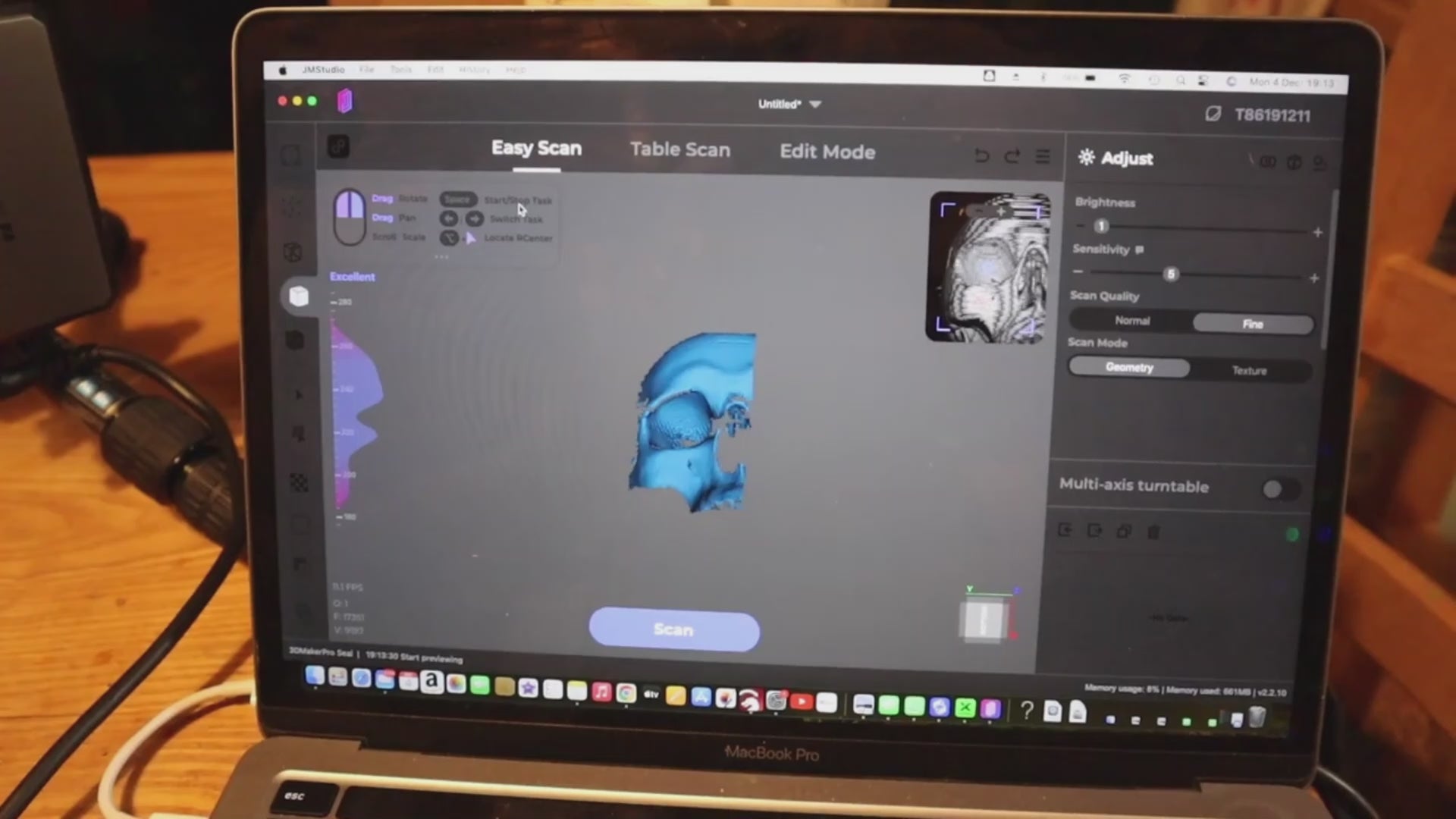
Ongevallenreconstructie
Een andere belangrijke toepassing van 3D-scanning is de reconstructie van ongevallen. Bij verkeersongevallen kunnen 3D-scanners de positie van voertuigen, de wegomstandigheden en andere omgevingsfactoren vastleggen die essentieel zijn voor het begrijpen van de dynamiek van het ongeval. Whale scannerbiedt met een framesnelheid van 10 fps een breed kern-vangbereik van 530 x 390 mm en een micro-core-vangstbereik van 200 x 100 mm, waardoor het gemakkelijker wordt om buiten te werken. Door deze digitale modellen te analyseren, kunnen forensisch ingenieurs cruciale details bepalen, zoals impacthoeken en -snelheden, die essentieel zijn voor het vaststellen van aansprakelijkheid en het begrijpen van de omstandigheden rond de gebeurtenis. Deze gegevens kunnen ook worden gebruikt om simulaties te maken die verschillende scenario's verkennen, waardoor de volgorde van gebeurtenissen verder wordt verduidelijkt.
Whale Scanner V.S. Seal Scanner

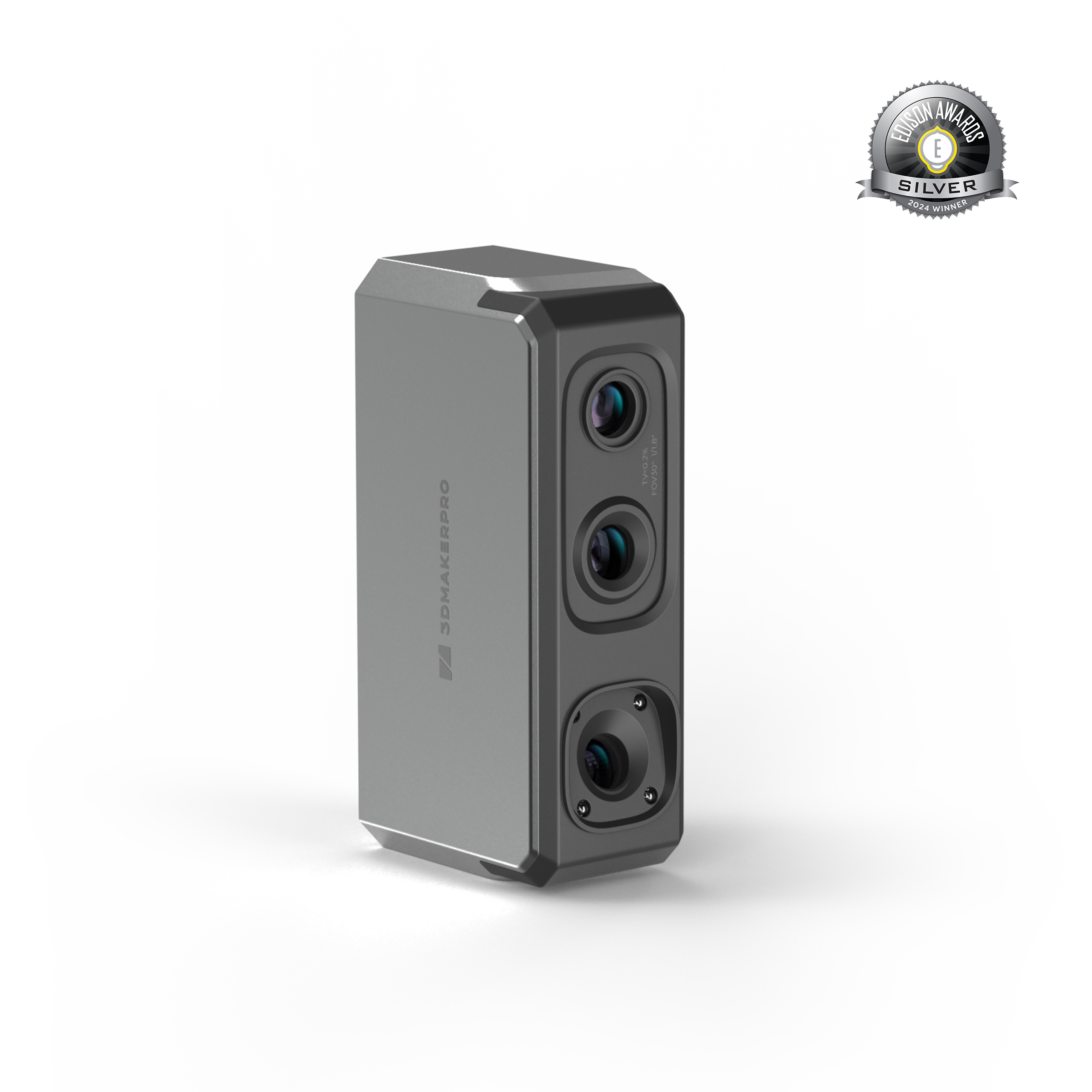


0,10 mm (brede kern)
0,05 mm (microkern)
0,01mm
0,50 mm (brede kern)
0,20 mm (microkern)
0,05 mm
530*390mm (brede kern)
200*100mm (microkern)
10-300 mm
Automatische matching
Visuele tracking
650±250 mm (brede kern)
300±100mm (microkern)
180-280 mm
530×370mm (brede kern)
200×100mm (microkern)
100x75mm
NIR
Blauw licht
Steun
Steun
230×148×188 mm
110×60×35mm
≤1500g
254 gram
Succesverhalen 1
BEOORDELING: Whale 3D-scanner | Click 3D Ep. 60 | 3D-scannen | 3D-forensisch onderzoek | CSI
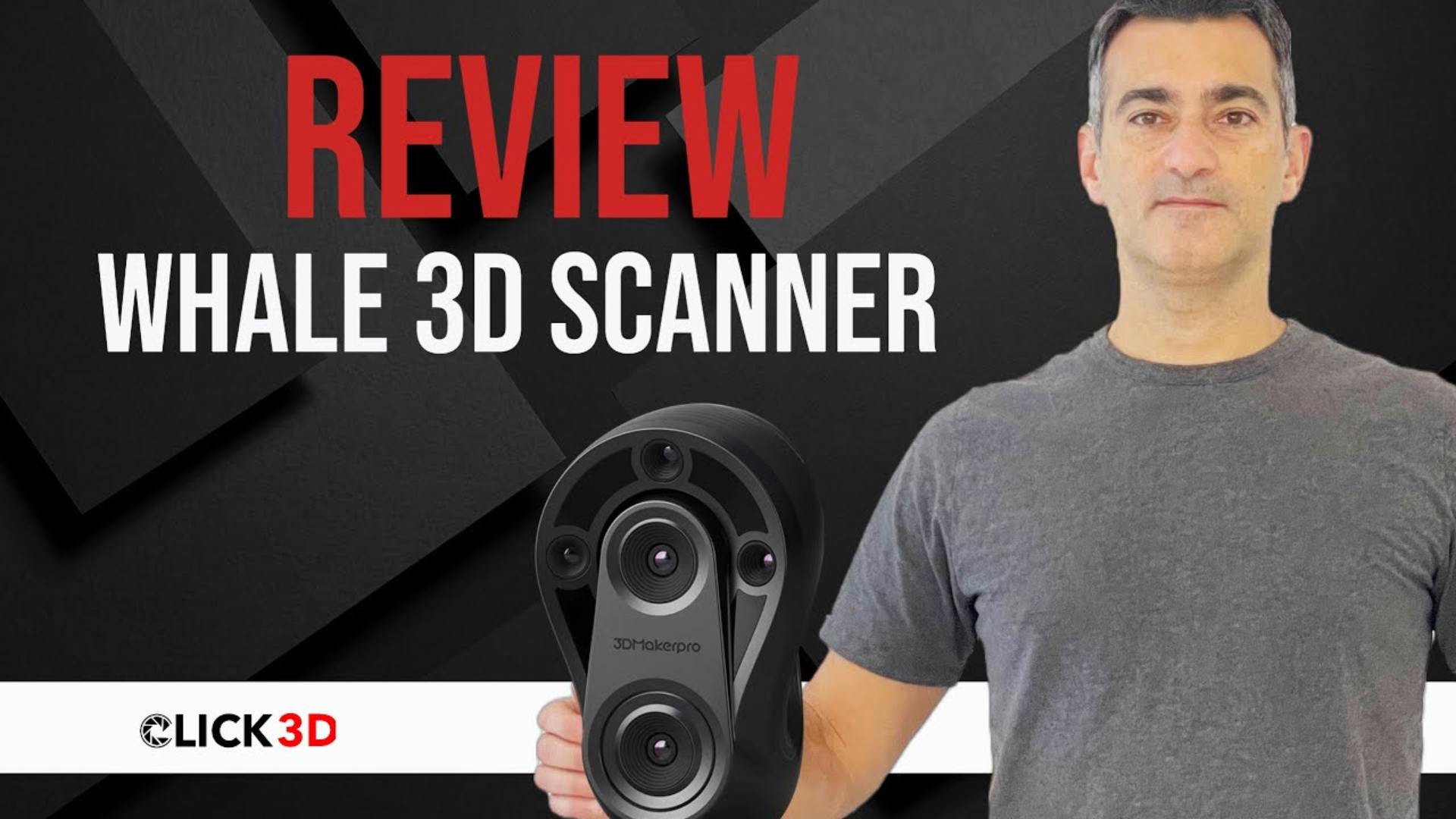
Succesverhalen 2
Seal's Hoofd Sculptuur 3D Scan | 3DMakerpro Seal #3dscannen #3dprinten #3dmakerpro
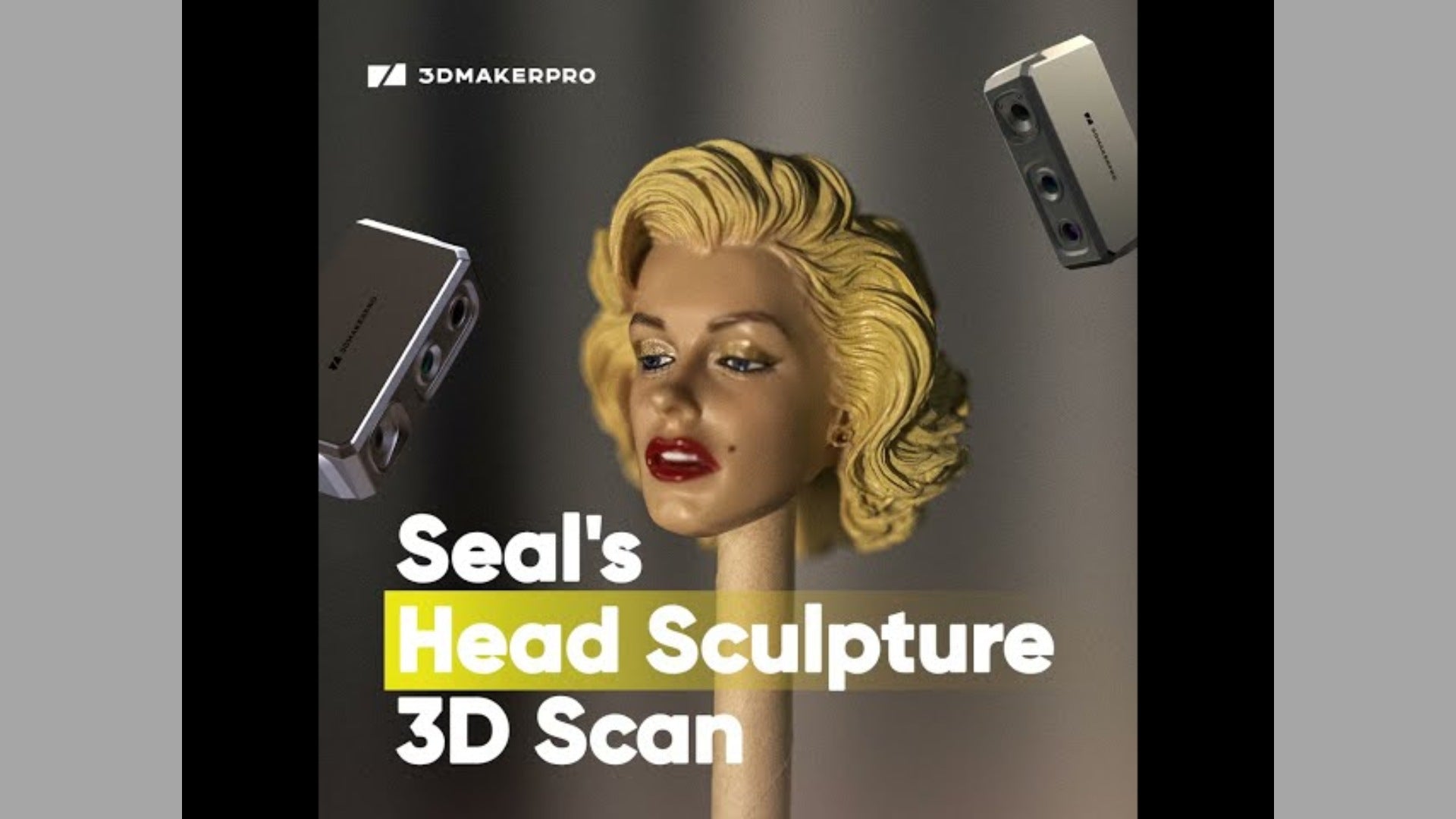
Succesverhalen 3
3DMakerpro Whale Motorfiets Scan Uitdaging
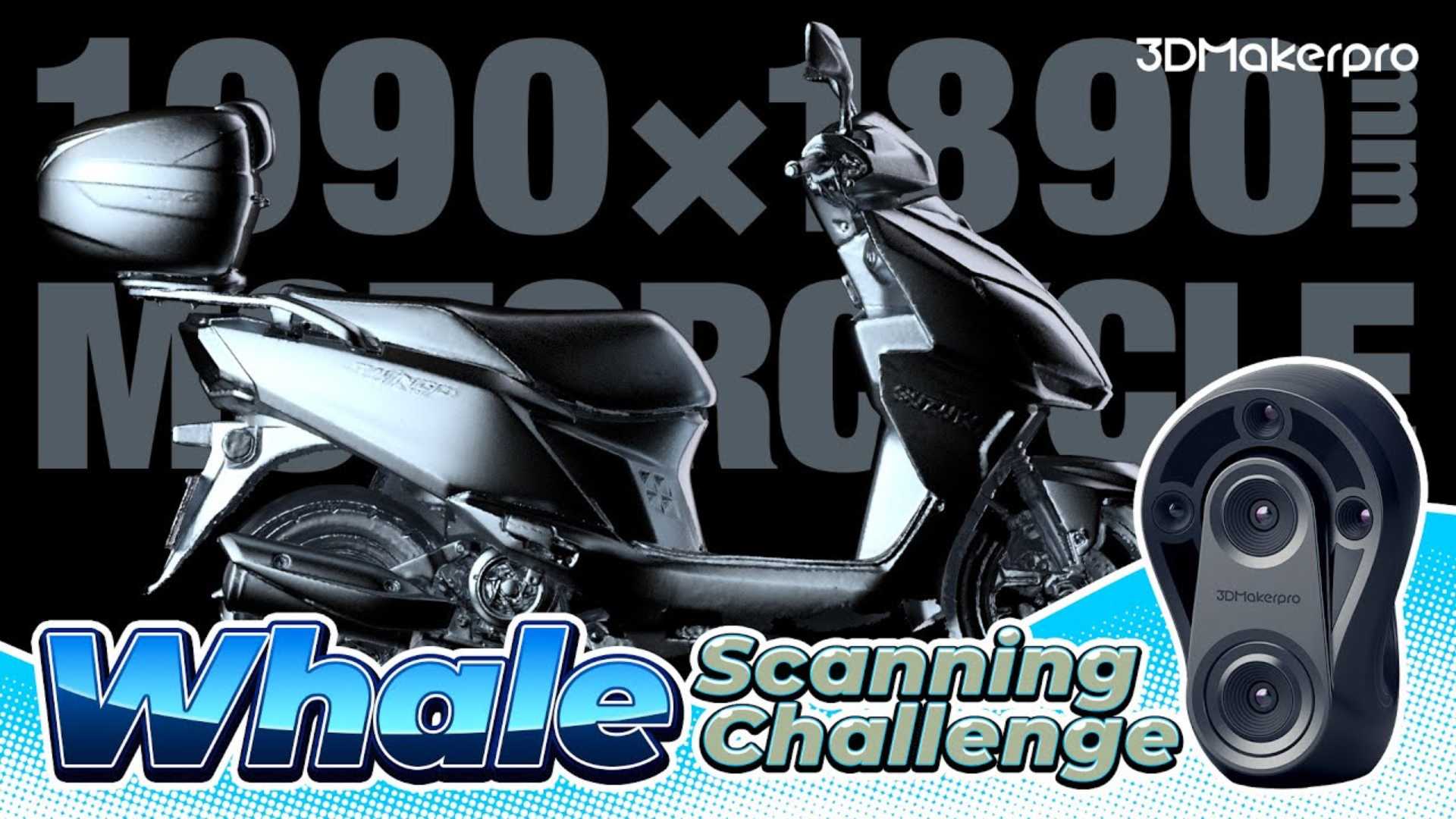
Producten aanbevelen
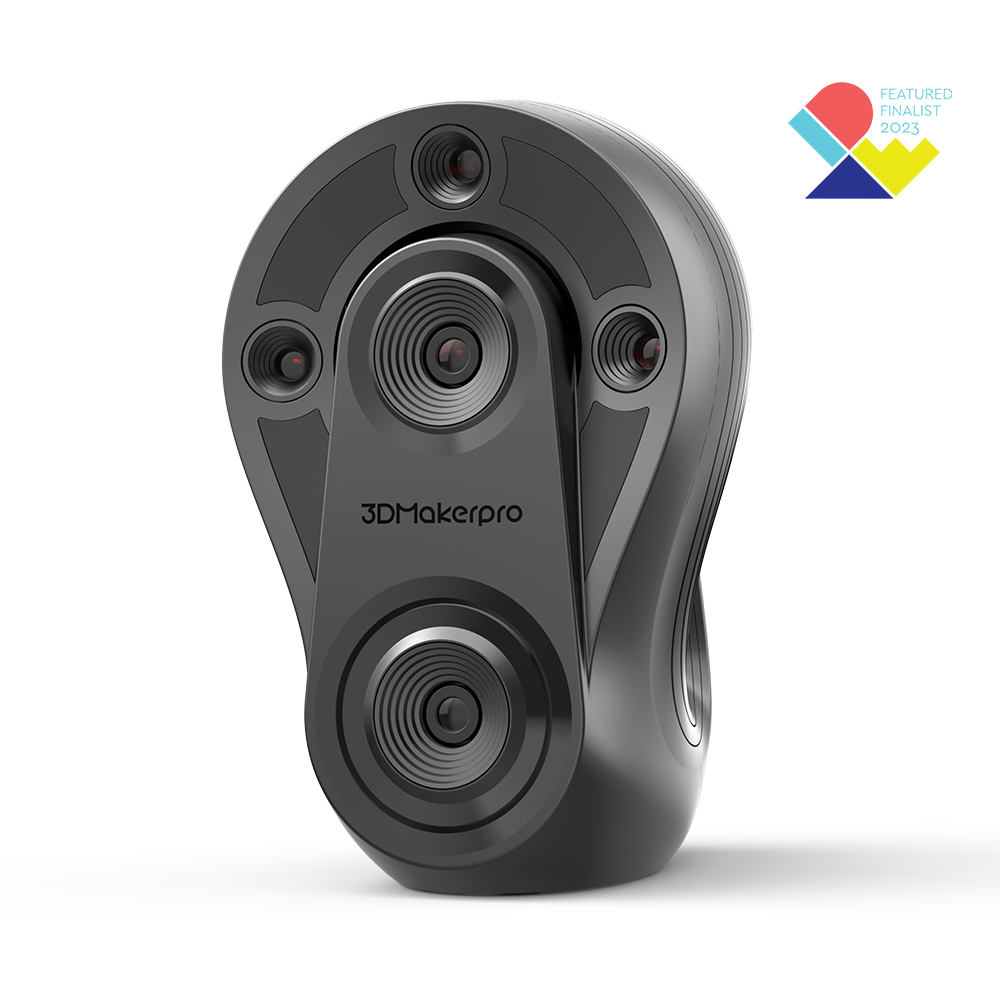
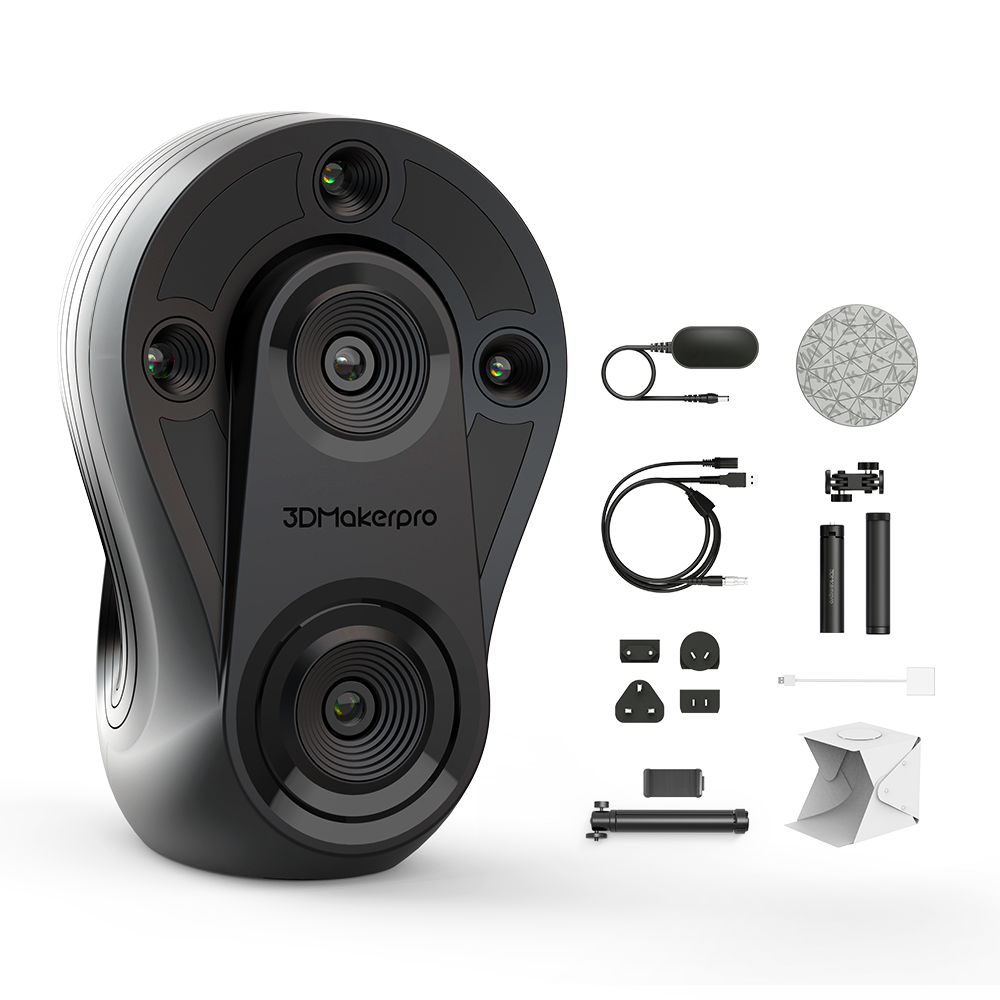
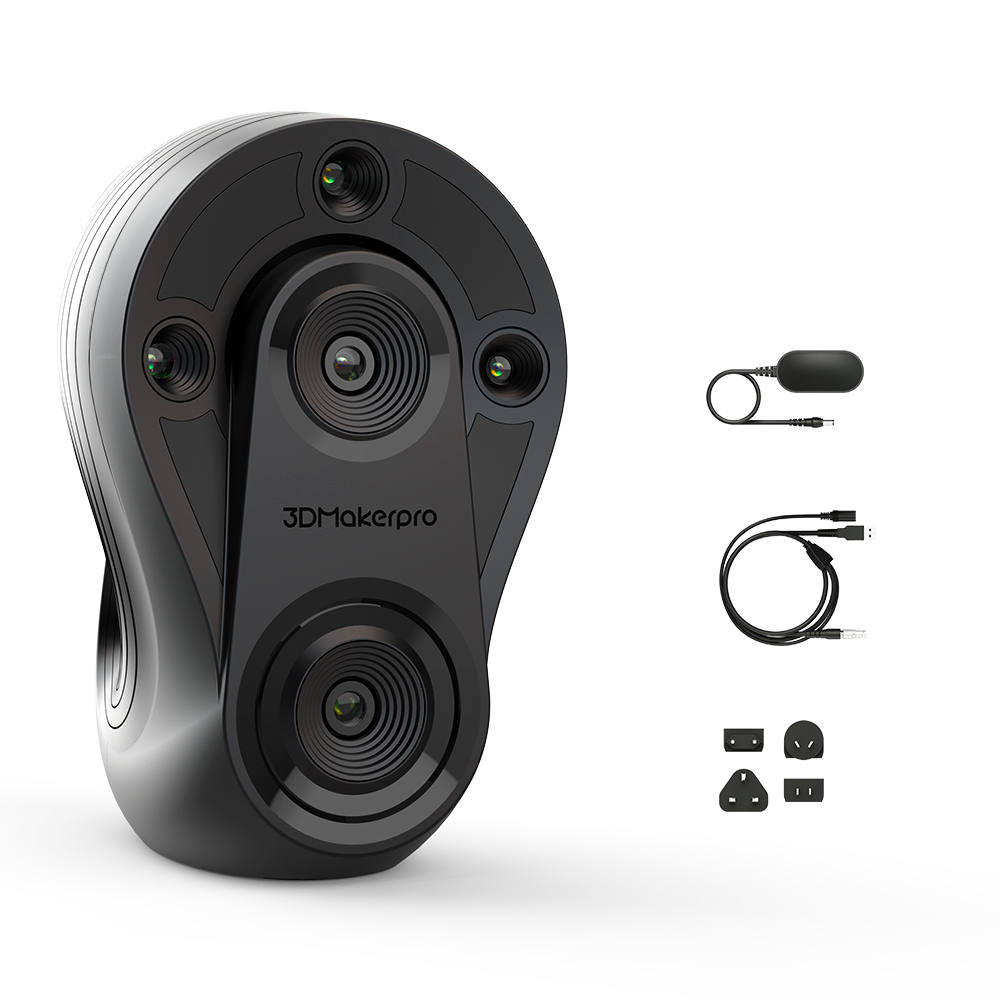
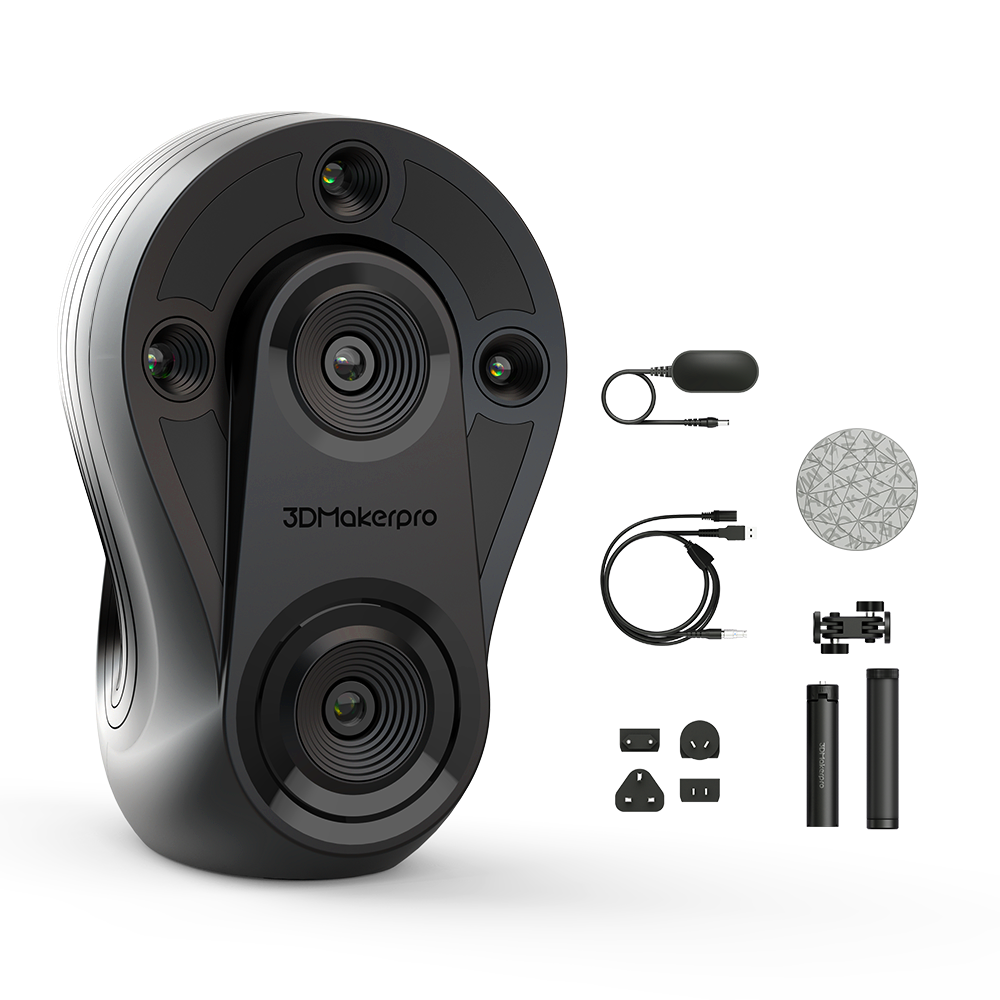
Walvis 3D Scanner
